Introduction:
Ficus Audrey is a captivating and stunning houseplant that has gained popularity among plant enthusiasts. With its broad, glossy leaves and elegant presence, Audrey makes a delightful addition to any indoor space. In this comprehensive guide, we’ll walk you through everything you need to know about growing and caring for Ficus Audrey. From choosing the right spot to addressing common challenges, we’ve got you covered.
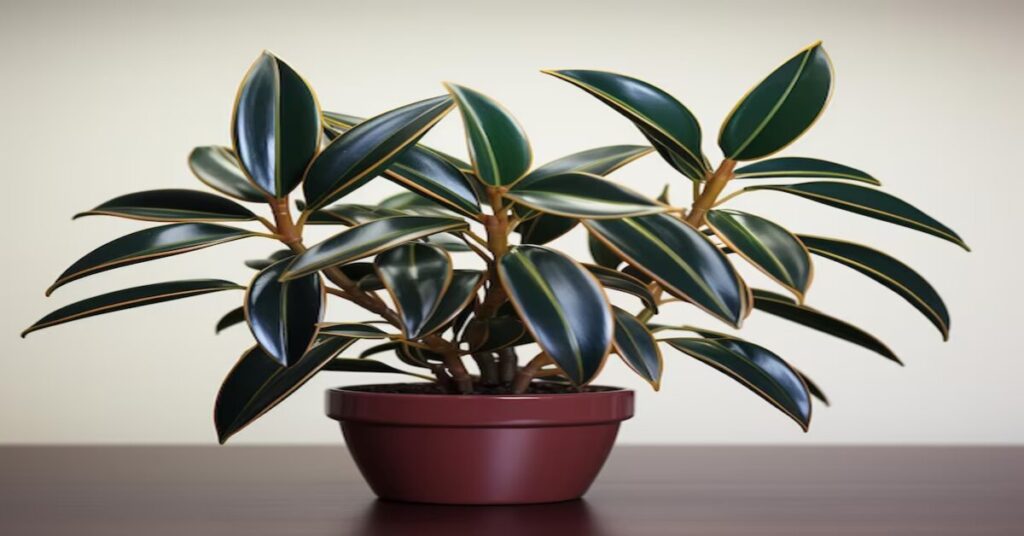
Table of content
- Ficus Audrey: A Closer Look
- Choosing the Perfect Spot for your Ficus Audrey
- Soil and Potting for your Ficus Audrey
- Watering Routine
- Fertilizing Guidelines for your Ficus Audrey
- Humidity Needs
- Pruning and Maintenance
- Dealing with Pests for your Ficus Audrey
- Common Challenges and Solutions for your Ficus Audrey
Ficus Audrey: A Closer Look
Ficus Audrey also referred to as the Banyan Fig, is a member of the Moraceae family. It is native to India and Southeast Asia, where it can grow into a massive tree with aerial roots. However, as a houseplant, it adapts well to indoor conditions and remains relatively compact, making it an ideal choice for urban dwellers and plant enthusiasts.
Choosing the Perfect Spot for your Ficus Audrey
To ensure your Ficus flourishes, select a spot with bright, indirect sunlight. It thrives in spaces with ample light but without direct exposure to harsh rays. Placing it near a north or east-facing window is usually ideal. Avoid sudden changes in light conditions, as Ficus Audrey can be sensitive to adjustments.

Soil and Potting for your Ficus Audrey
Use a well-draining, high-quality potting mix that contains peat, perlite, and pine bark. A mix designed for tropical plants is suitable. Ensure the pot has drainage holes to prevent overwatering. Report this every 2-3 years to refresh the soil and provide ample space for growth. Selecting the right soil composition is paramount for your Ficus Audrey’s health. A well-draining, nutrient-rich potting mix is key to providing the necessary support for growth. A mix designed for tropical plants or a combination of peat moss, perlite, and pine bark works well. These components ensure proper aeration and prevent waterlogged roots, which can lead to root rot.
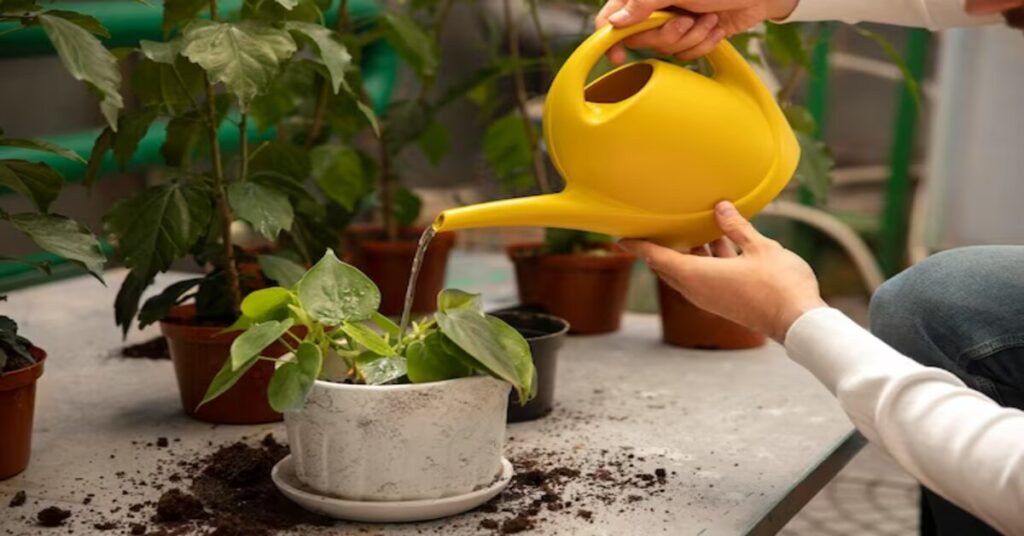
Watering Routine
Maintaining the right watering routine is crucial. Keep the soil consistently moist but not soggy. Water thoroughly once the top inch of the soil feels dry to the touch. Reduce watering during the winter months when growth slows down.

Fertilizing Guidelines for your Ficus Audrey
During the growing season (spring and summer), fertilize your Audrey every 4-6 weeks with a balanced liquid fertilizer. Avoid over-fertilizing, as it can lead to salt build-up in the soil. Reduce fertilization during the dormant months. Fertilizing is a crucial aspect of maintaining the health and vibrancy of your Ficus Audrey plant. This stunning indoor plant can thrive when provided with the right nutrients at the appropriate times. In this guide, we’ll delve into the essential fertilizing guidelines to ensure your Ficus Audrey flourishes and remains a captivating addition to your indoor oasis.
Humidity Needs
It appreciates higher humidity levels, similar to its native environment. Boost humidity by misting the leaves regularly or placing a water tray near the plant. Alternatively, consider using a humidifier to create an optimal environment.
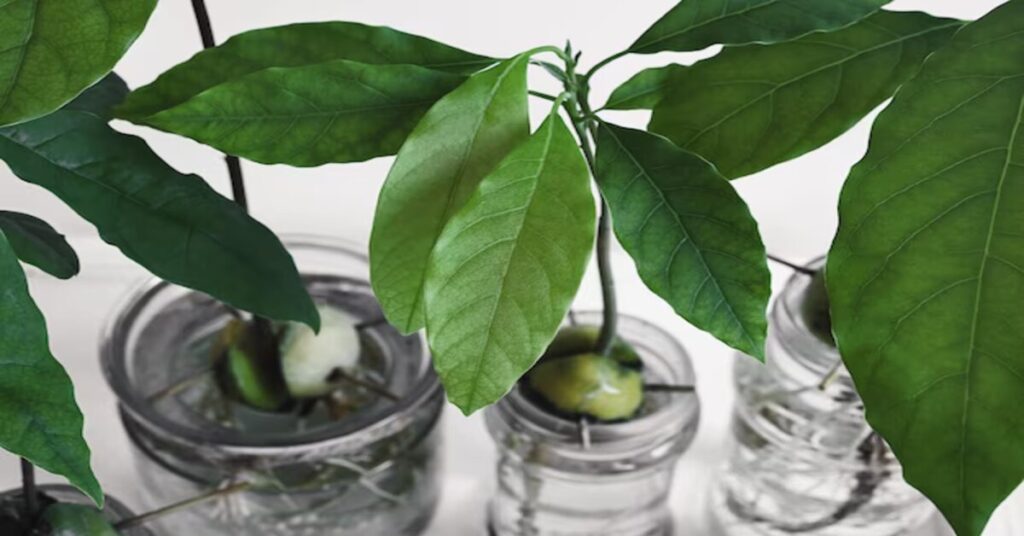
Pruning and Maintenance for your Ficus Audrey
Regular pruning helps maintain the shape and size of your plant . Trim back leggy growth and any dead or yellowing leaves. Remember to wear gloves, as the sap of Ficus plants can cause skin irritation.
Understanding the Importance of Pruning:
Pruning is a fundamental practice that serves multiple purposes for your plant :
-
Shape and Appearance: Pruning helps maintain a desirable shape, encourages business, and prevents the plant from becoming leggy or uneven.
-
Health and Growth: Removing dead or diseased foliage promotes better air circulation and prevents the spread of potential diseases. Pruning also redirects the plant’s energy to healthy growth.
-
Size Control: Regular pruning helps control the size of your plant, preventing it from outgrowing its designated space.
Dealing with Pests for your Ficus Audrey
Like many houseplants, Audrey can be susceptible to pests such as spider mites and mealybugs. Inspect your plant regularly for signs of infestation, like webbing or sticky residue. If problems are detected, isolate the plant and treat it with insecticidal soap or neem oil. This plant admired for its lush foliage and striking appearance, can sometimes fall victim to pesky pests that threaten its health and beauty. Dealing with problems promptly and effectively is essential to ensuring your plant thrives. In this guide, we’ll explore common pests that affect Ficus Audreys and provide strategies for preventing and managing infestations.
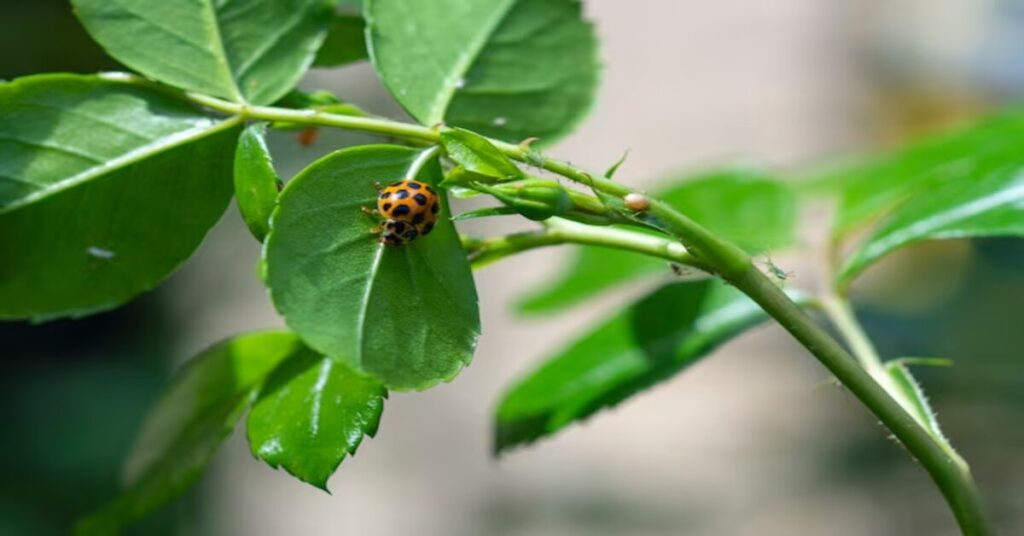
Common Challenges and Solutions
Issue: Yellowing Leaves
Yellowing leaves could be a sign of overwatering or underwatering. Check the moisture level of the soil and adjust your watering routine accordingly.
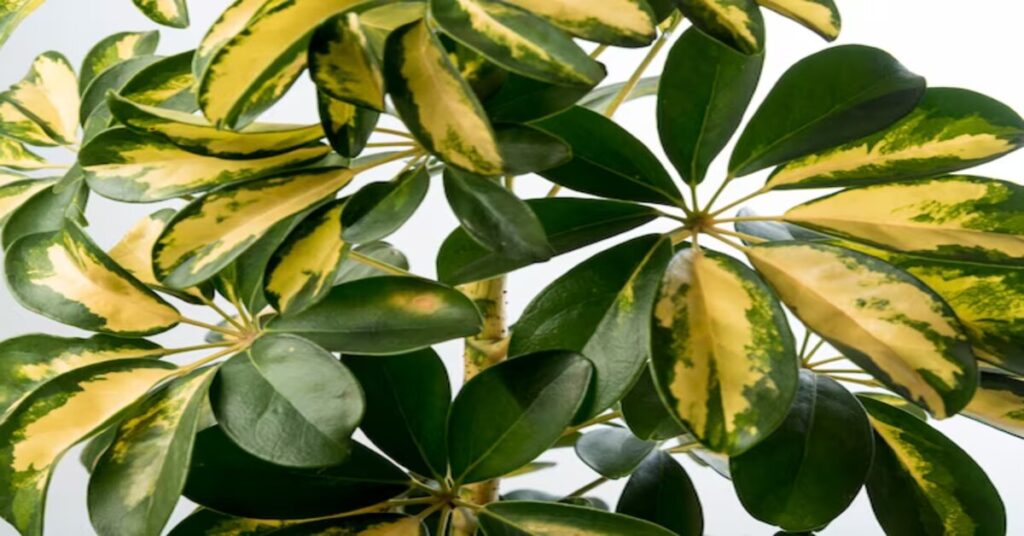
Issue: Leaf Drop
Changes in light or temperature often cause sudden leaf drop. Ensure consistent conditions and avoid moving the plant frequently.
Issue: Ficus Audrey Not Growing
If your plant isn’t growing as expected, evaluate its light, water, and humidity conditions. Adjust these factors to encourage growth. To know how to grow you can check.
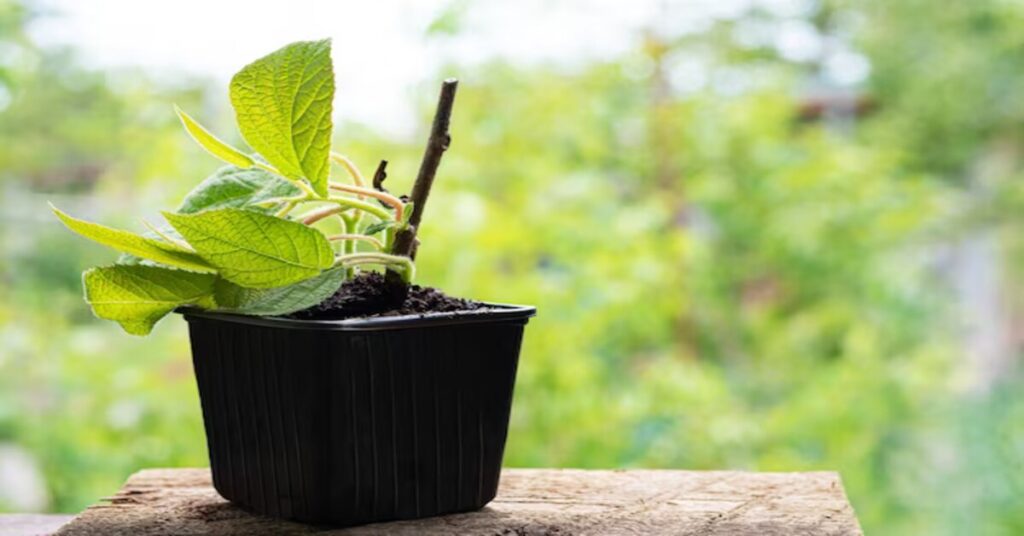
Conclusion:
as a result, with its stunning foliage and unique growth pattern, is a wonderful addition to any indoor plant collection. By following the tips and guidelines outlined in this guide, you’ll be well-equipped to provide the ideal environment for your plant to thrive. With proper care and attention, your Ficus Audrey will flourish and bring natural beauty to your living space. Discover fascinating facts and interesting information at FactsFair explore a wide range of topics and start your journey of knowledge today!
FAQs
How fast does Audrey grow?
It can grow relatively quickly in the right conditions, adding several inches in height each year.
Can I keep my Ficus Audrey outdoors?
While Audrey can be placed outdoors during warm months, it’s best suited for indoor living due to its sensitivity to temperature fluctuations.
Is it toxic to pets?
Yes, It is toxic to pets if ingested. Keep it out of reach of cats, dogs, and other animals.
How do I propagate it?
Ficus Audrey can be propagated through stem cuttings. Ensure the cutting has at least one leaf and place it in water or soil to root.
Why are the leaves of my Ficus Audrey turning brown?
Brown leaves can result from inadequate humidity, underwatering, or exposure to direct sunlight. Adjust these factors to prevent further browning.
